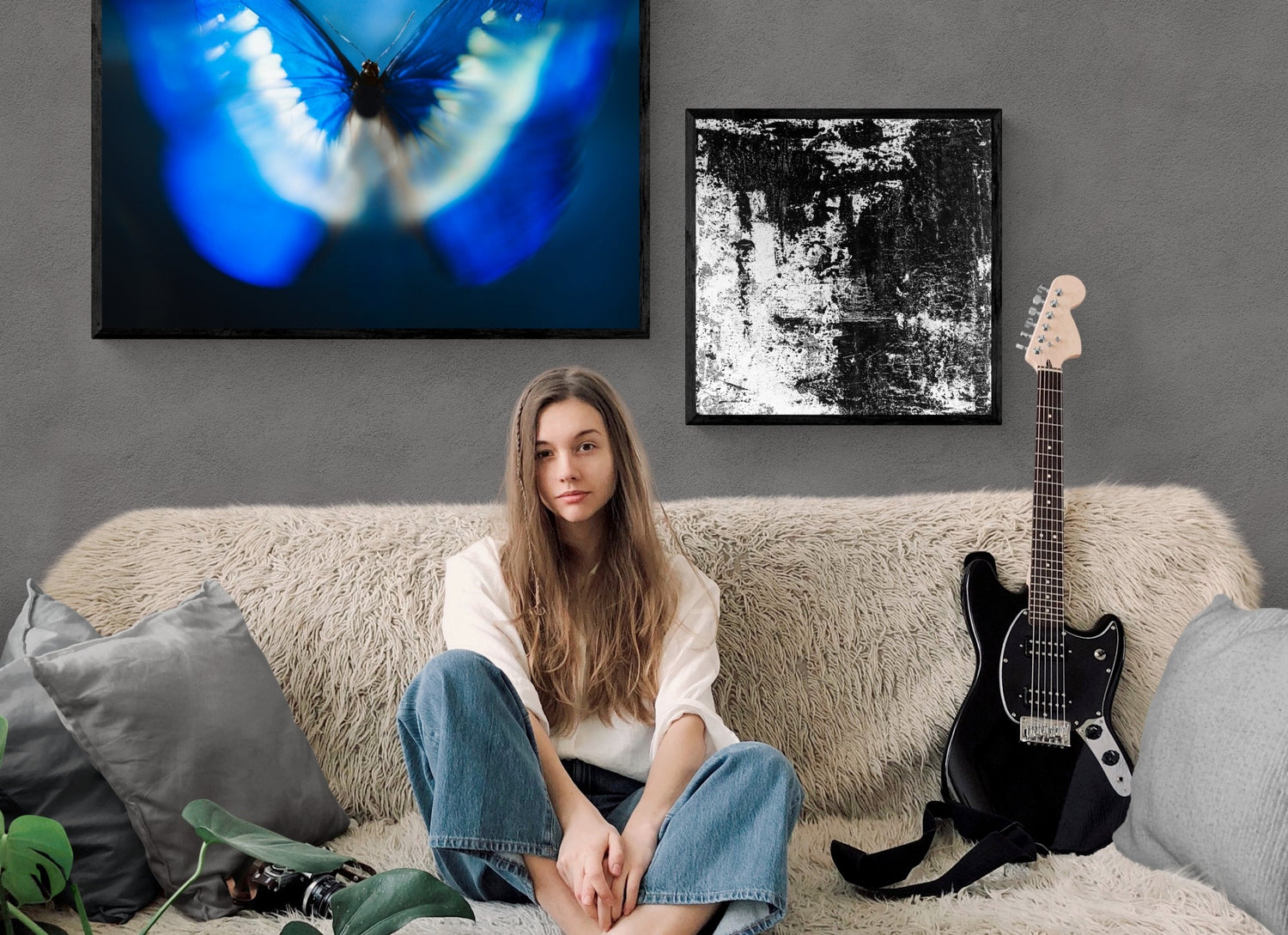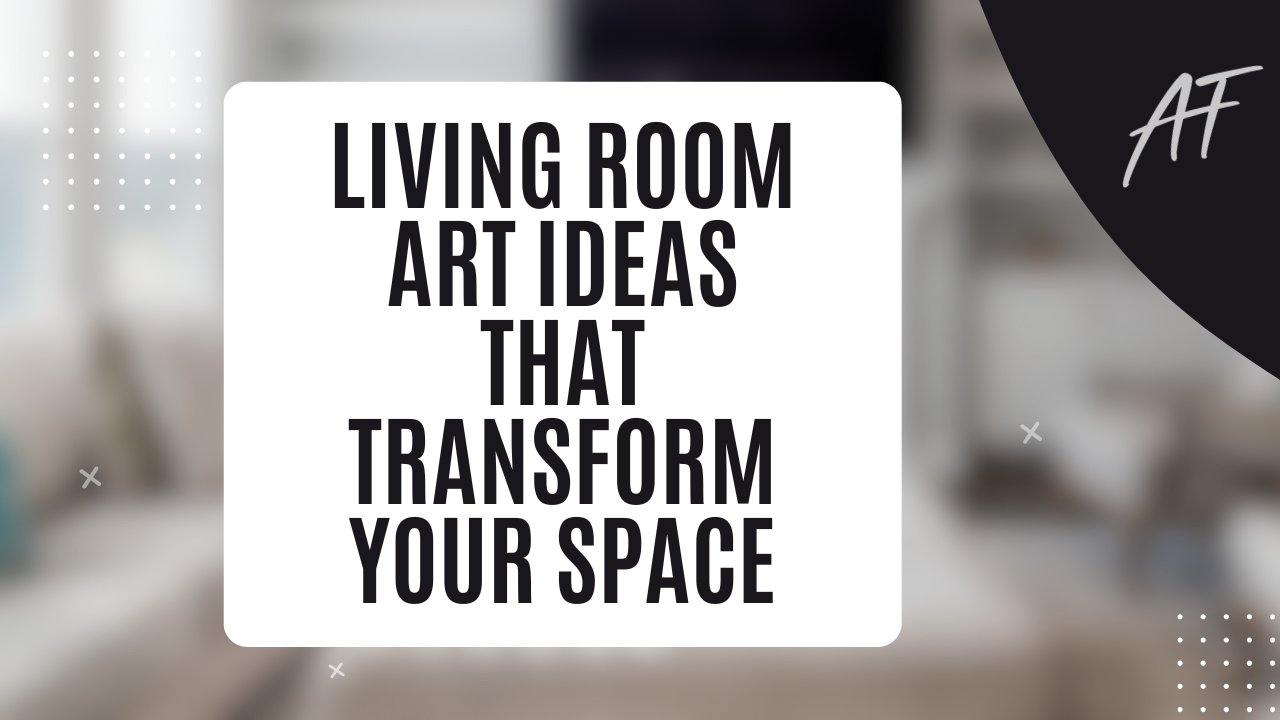Finding time to slow down can feel impossible. But even a few quiet minutes carved out each day can help bring things back into balance. Meditation is one way to do that, and having a peaceful space set aside at home makes a big difference. It's not just about sitting still; it's about creating an environment that invites you to pause, breathe, and just be for a little while.
That’s where art comes in. Certain pieces have the power to stop us in our tracks. So why not use that energy to shape your meditation space? Eye-catching but calming artwork paired with a quiet corner of your home can shift the mood instantly. When your meditation spot is set with intention and the right visuals, it becomes easier to return to it daily.
Choosing The Right Space
Before anything else, think about where this meditation space will go. You don’t need a huge area, just a quiet one where you can feel relaxed and undisturbed. Try to pick a spot that already feels a little slower than the rest of your home. Even a corner of your bedroom or a spot near a window might work well.
Look for:
- Low foot traffic areas
- Warm, diffused natural light
- Little to no noise, or sounds you find calming
- An area with minimal distractions
Acoustics matter, too. Smaller rooms with soft furniture tend to absorb noise better, so even a small nook with a rug and a throw blanket can help keep outside sounds at bay. If you’re near a window, fresh air might add something special. But if traffic noise is a problem, consider a white noise machine or a tabletop water fountain.
Keep clutter to a minimum. What’s visually around you affects your ability to go inward. Anything that reminds you of chores, work, or unfinished tasks will pull your focus away from the moment. Clean lines, empty surfaces, and just the basics will help support that calm environment.
Don’t forget: this is your space. You get to shape it in whatever way helps you turn inward and reconnect. Small efforts like moving a chair, clearing off a shelf, or choosing soft lighting can slowly change part of your home into something much more meaningful.
Selecting Art For Your Meditation Space
Once you've found your spot, it’s time to figure out how art fits into it. Visual art isn’t just something nice to look at—it sets the tone. A good piece of art can shift your mindset toward calm or inspiration almost right away. The kind of art you choose can soothe you or distract you, so take your time deciding what makes sense for your space.
Look for artwork that brings certain feelings to the surface, such as:
- Calm or stillness
- Curiosity or wonder
- A sense of openness
- Comfort or warmth
Abstract art works especially well in meditation areas. It often lets your thoughts wander without pointing you in one specific direction. You’re not being told what to see—you’re free to explore how it makes you feel. Art that blends photography and abstract forms can spark introspection, somewhere between feeling grounded and letting your mind wander gently.
Size matters here too. A large piece above your meditation area can work as a focal point. If your setup is closer to the floor with cushions, leaning a piece against the wall might feel better. Bright colors could be energizing, but soft tones usually help most people relax. You can always test this by placing the art in your space and noticing how it affects your mood during a session.
Where you place the art also plays a role. You can hang it at eye level, directly across from your seat, or position it in your peripheral view. Art with emotional impact might work better when placed off to the side. That way, it still influences the space without demanding your full attention.
Incorporating Other Elements
After the artwork is in place, think about the surroundings. These extra layers will shape the overall mood. Your goal is to build a setting that gently wraps around the energy of the art. It should support your focus and ease each time you sit to meditate.
Start by picking colors that relax you. These might be soft earth tones, cool blues, or warm neutrals. Color matters more than people think. Changing something as simple as a throw pillow or the chair in the room can shift how your body and mind respond to the space. Then turn to textures: add a woven floor cushion, a soft blanket, or a plush rug to help define and comfort the area.
Lighting is another major player. Go for some gentle and diffused light. Skip any harsh overheads. A dimmable lamp or soft wall sconce adds glow without glare. If you meditate in the evening, this kind of lighting can also support your wind-down routine.
Nature has a calming effect, too. A plant can add life and balance without taking over the room. Try picking low-maintenance plants that do well in soft light, like snake plants, pothos, or peace lilies.
Even your seating affects how you feel. Aim for something supportive but gentle. You don’t need a formal meditation bench. A blanket folded a few times or a yoga mat can be enough—anything that helps you ease into stillness without discomfort.
Here’s a quick checklist:
- Use calming tones on walls and furniture
- Add soft textures like rugs, throws, and cushions
- Avoid bright lighting; choose soft or adjustable lights
- Add natural touches such as indoor plants
- Seat yourself on something low and comfortable, not too soft
It doesn’t need to be high-end or overly styled. What matters is how it feels when you walk into the space. With every small change, you'll start to build a place that feels both quiet and grounding.
Personalizing Your Meditation Space
Now comes the step that makes your meditation corner truly yours—adding personal elements. A space filled with meaning creates more warmth and makes it easier to return there day after day. Let this part reflect who you are in a quiet, supportive way.
Choose a few items that already bring you comfort or joy. These might include a keepsake, a photo, a rock from a hike, or even a small sculpture that carries personal meaning. Don’t crowd the room—just one or two intentional things are often more powerful than a shelf full of random decor.
Consider scent as part of your space. A bit of incense or a small candle can shift the vibe gently. If you prefer something more subtle, lavender sprigs or a bundle of dried herbs can give a light presence without being overwhelming.
Another idea is to switch things up now and then. You don’t have to rotate everything, but changing out one or two items keeps the space from feeling stale. Move that small artwork to another spot or swap a cushion cover. These small changes help you stay emotionally engaged with the space.
It’s the care and intention behind the choices that shape the feel of the space. When you take the time to build a corner with thought and attention, it invites you back in without effort. Meditation isn't about perfection. It’s about showing up in a place that feels good to be in.
Let Your Meditation Space Reflect You
Creating an art-focused meditation space at home doesn’t mean redoing an entire room. It can be as simple as shifting your view and giving meaning to a quiet corner. A soft rug, some soothing light, and artwork that invites a pause can change how you experience your home and your time.
Eventually, the space starts becoming part of your rhythm. It calls you back not just for meditation, but for reflection, for breathing, or simply to sit quietly while the world moves around you.
If you're drawn to expressive and grounding visuals, art for the home by Joe Papagoda may be just the thing your space needs. Original works that blend abstract form and fine art photography can bring calm and inspiration into every corner. Every piece includes complimentary shipping within the USA.
Creating a meditation space that speaks to your soul is an enjoyable journey. If you're inspired by the blend of fine art photography and abstract paintings, consider exploring art for the home to find pieces that add intention and serenity to your space. Discover unique works at ArtFinest that help turn everyday corners into mindful retreats.



